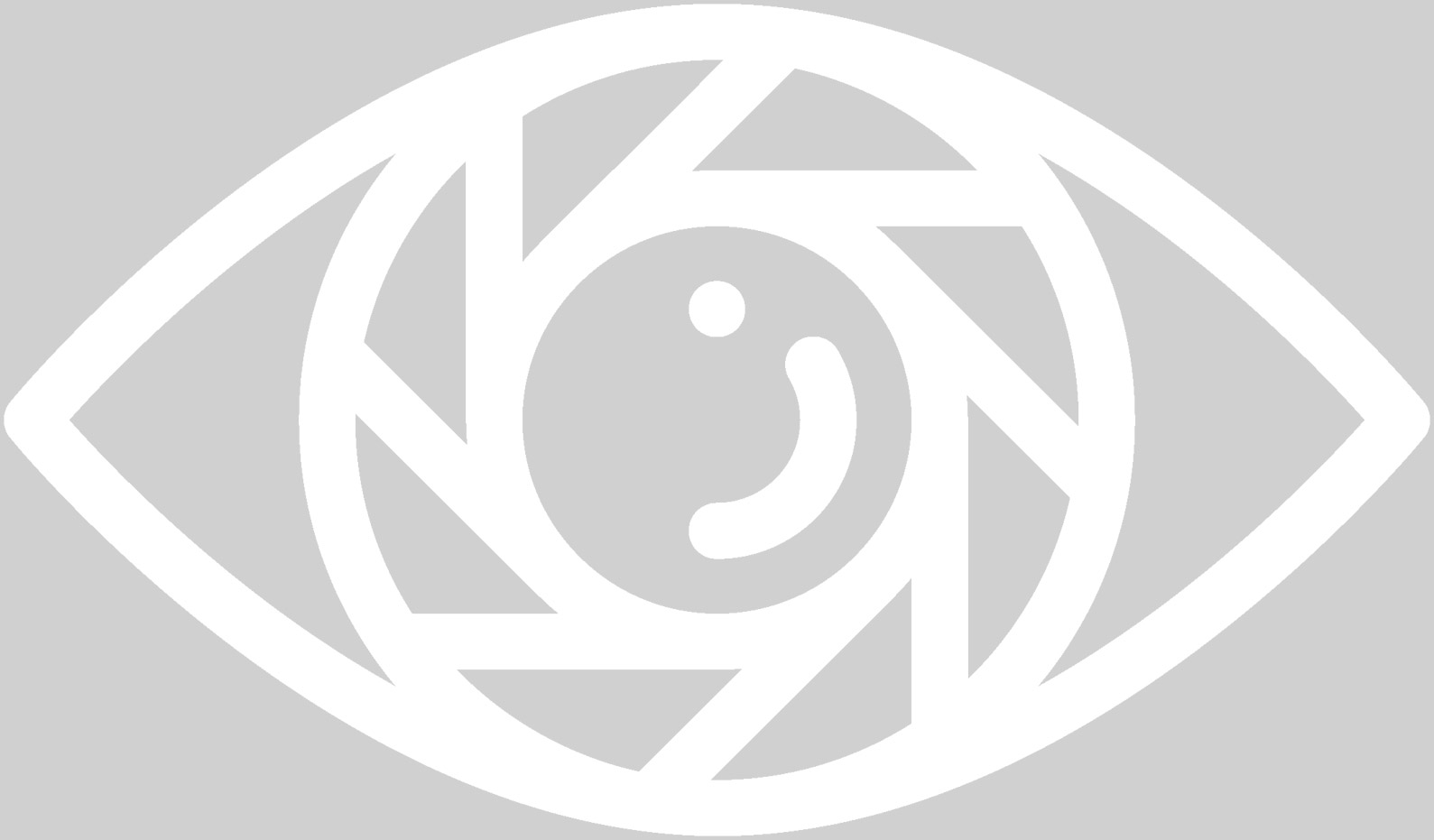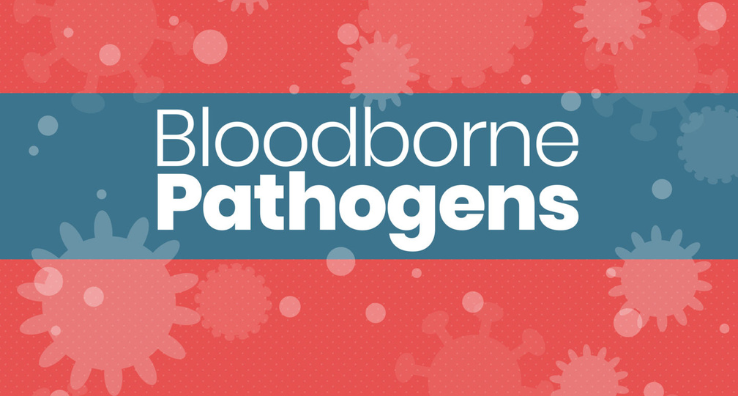How to “See Safety” Using Visual Literacy

- Have you ever heard these comments during an incident review?
- “We have walked by that hazard hundreds of time and never saw it!”
- “We can’t see the forest through the trees! We need fresh eyes on our facility to see the hazards we no longer see.”
If you’re a safety or operations leader, I would be surprised if you haven’t heard some variation of the above! If we are able-sighted, we assume we can see what is in front of us because we have been seeing all our lives.
The fact is we typically see only 10% of the visual data in front of us. It doesn’t matter if that data is an image, words, numbers, or a physical work environment with equipment, people, and processes. For example, a busy manufacturing floor has thousands of items within our field of vision at one time. Yet, we only actively process 10% of that visual information.
So, what about the other 90%?
Our brain fills in the blanks by using our prior experiences, assumptions, and biases to read between the lines.
We’re fortunate the brain does a fairly decent job, so filling in the blanks is typically good enough — but not always! And it’s this discrepancy that can lead to:
- Insufficient and partial information
- Predetermined conclusions
- Reinforcing status quo
- Risk tolerance and acceptance
- Inadequate action planning and intervention
To put this into a safety perspective, all of the above can lead to preventable injuries — if only we could unlock that hidden 90%.
The good news is we can all improve our ability to see by simply applying a disciplined process called visual literacy. How? Interestingly enough, this can be achieved by applying the same methods taught in art education.
Applying these visual literacy concepts improves our ability to see and interpret what is in front of us; and we can take smarter action as a result. When one major manufacturer incorporated visual literacy concepts, workers identified 129% more potential hazards as a result. Isn’t that what good safety is all about? Ensuring safety depends on proactively identifying the latent hazards in our environment, interpreting the associated risks, and controlling (if not eliminating) them.
At the COVE: Center of Visual Expertise, we believe that all incidents are preventable. Improving our ability to see the hazards right in front of us is the first step in their elimination.
Start to see safety improvements by improving the ability to “see” the following:
- Hazard identification
- Incident investigation
- Job safety observations
- Job safety assessments
- Risk assessments
- Quality defects
- Internal training development
Most organizations train their people how to do things, but not how to see things in order to be more effective. Given how important seeing is to ensuring safety, it makes sense to incorporate elements of visual literacy into your safety training program.
To learn more about using visual literacy principles, download COVE’s latest white paper on “Seeing the Gaps in Your Safety Program.”





